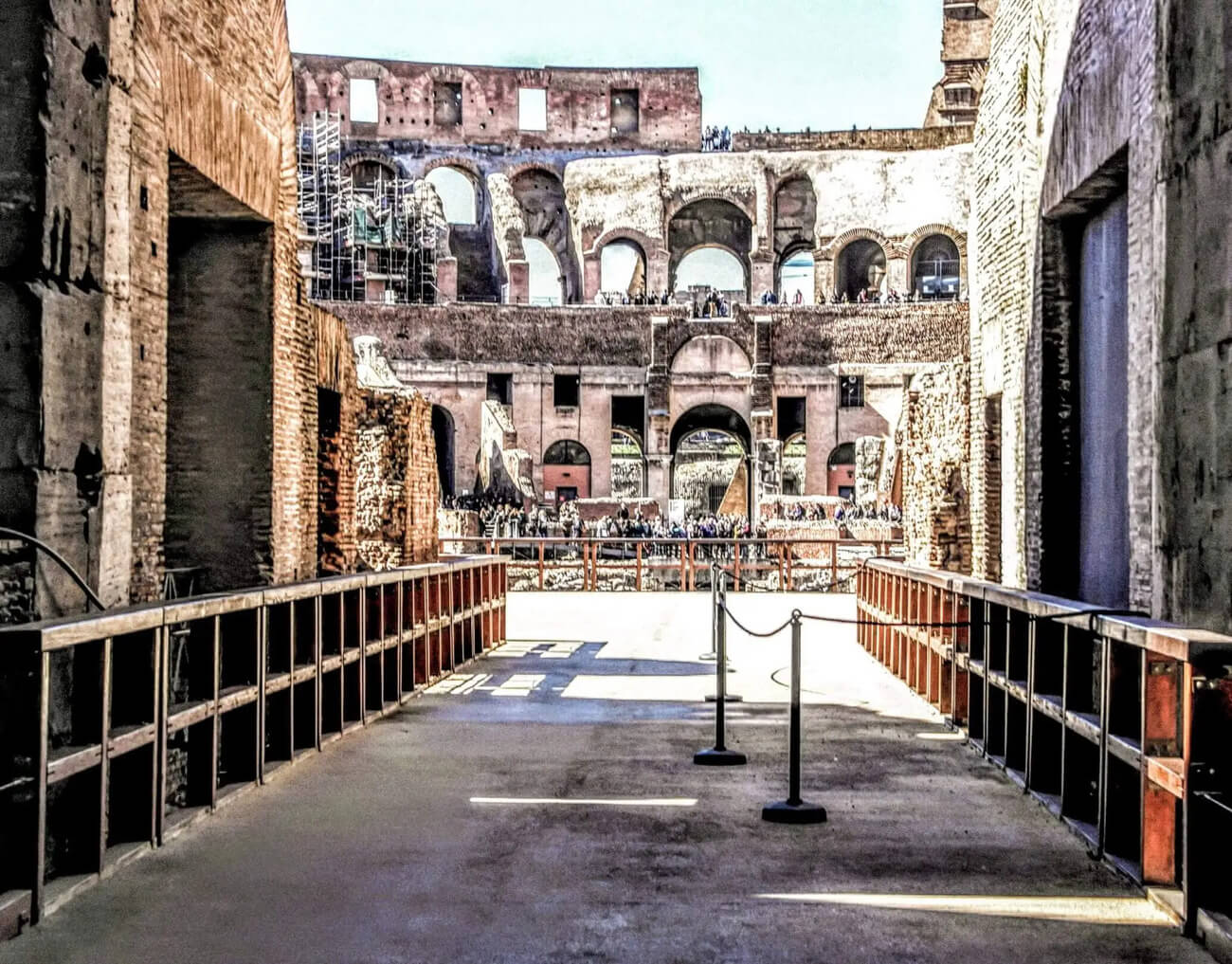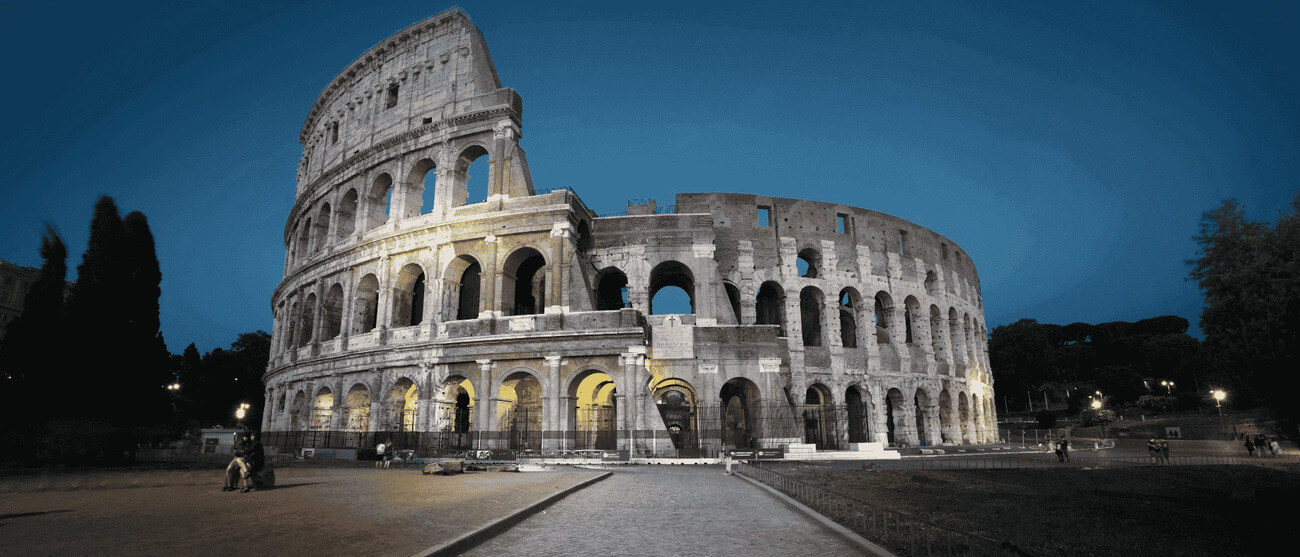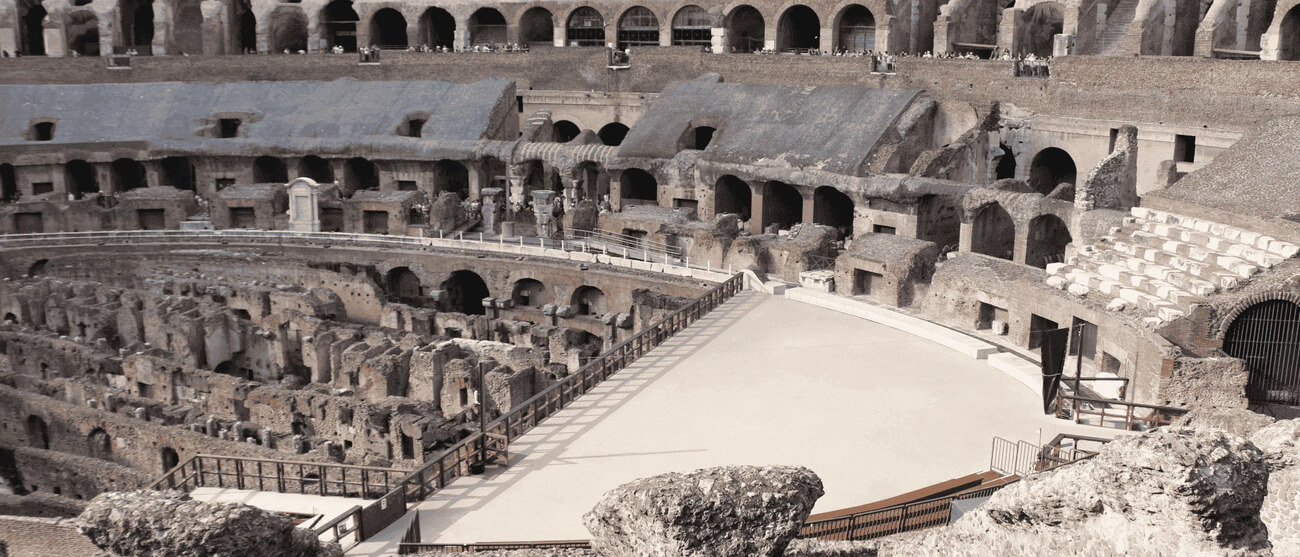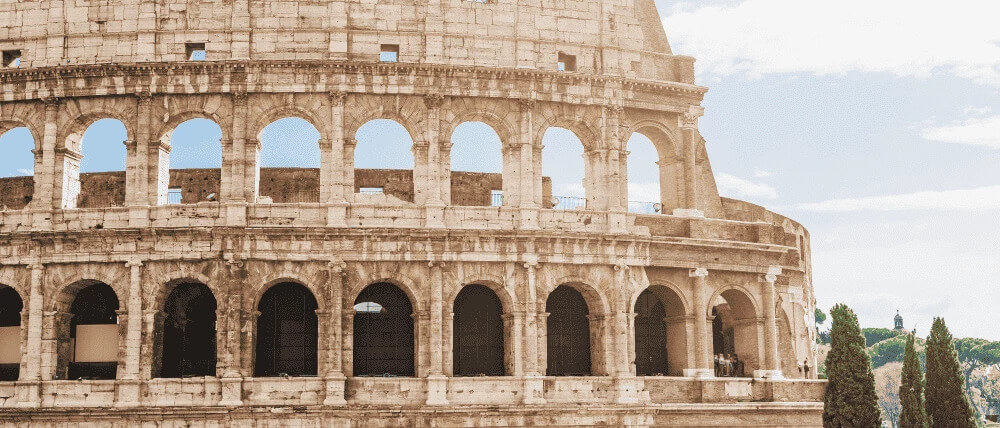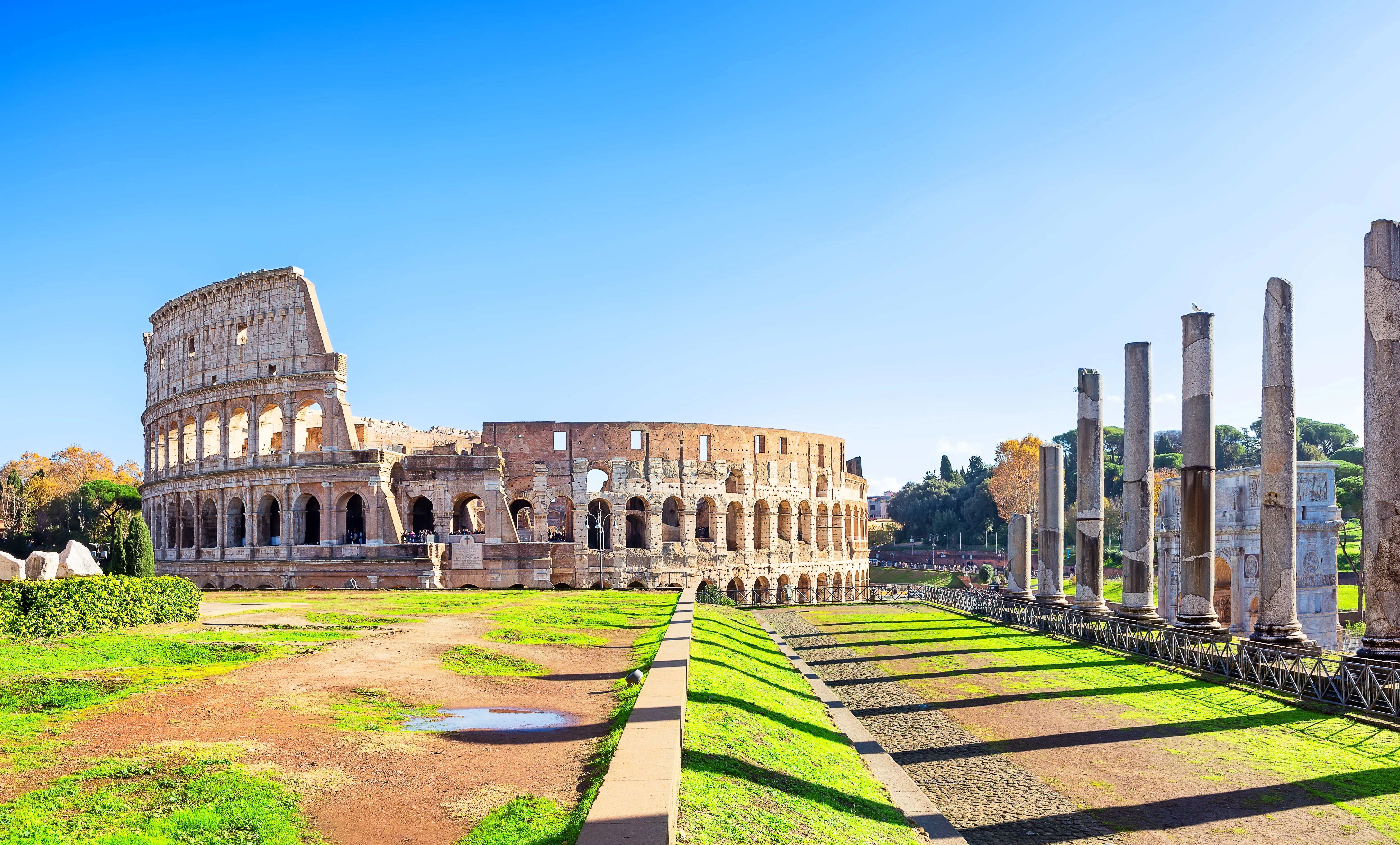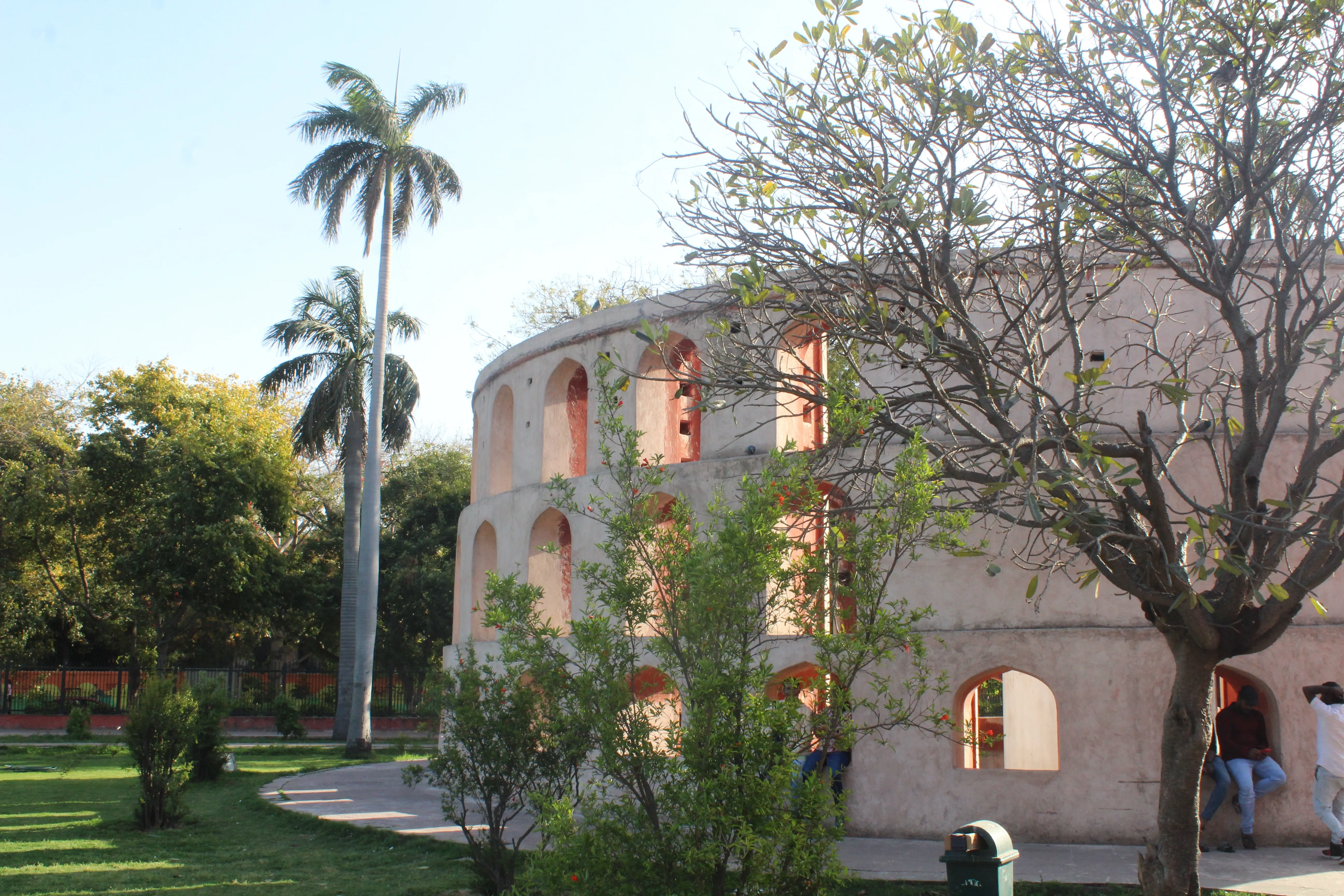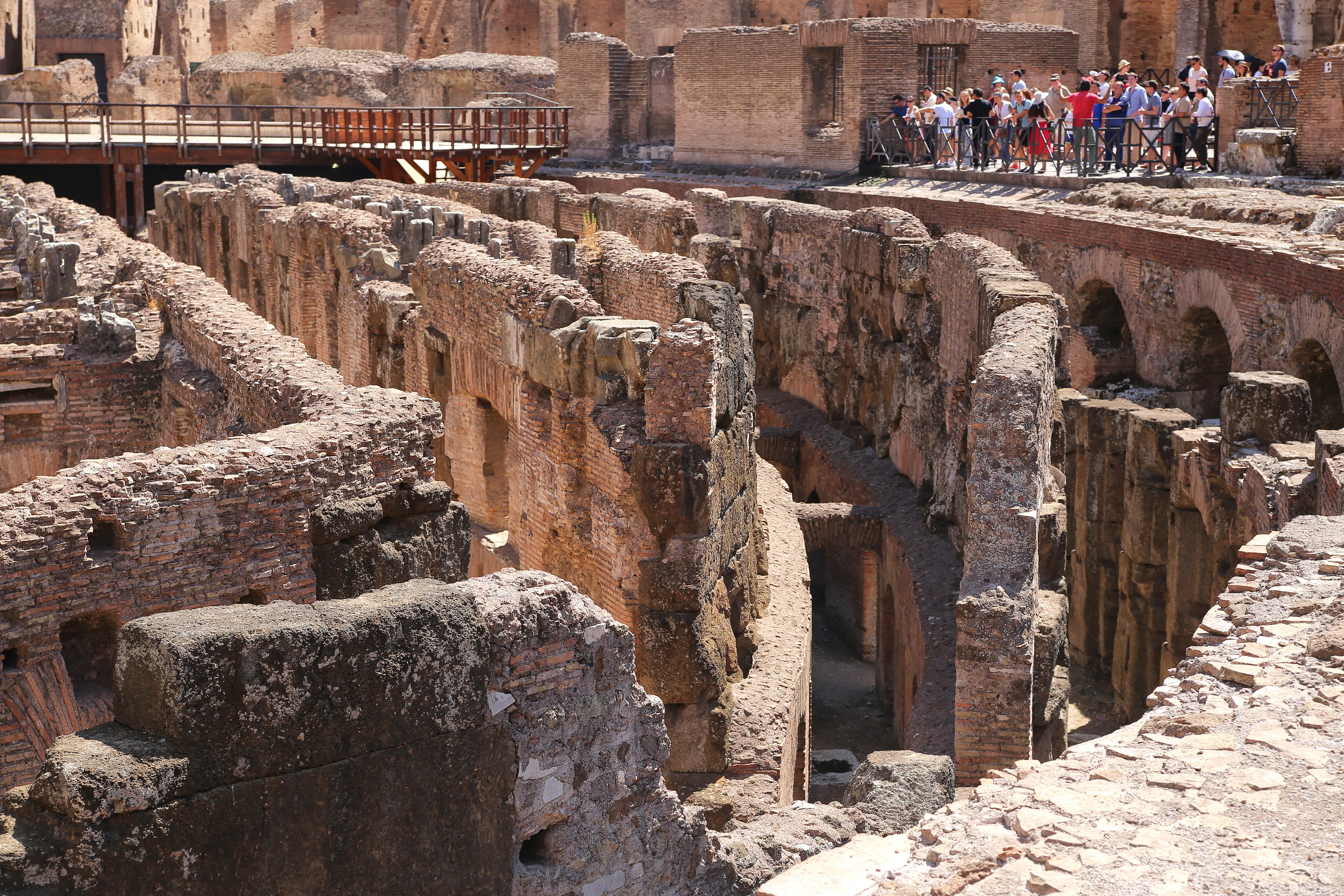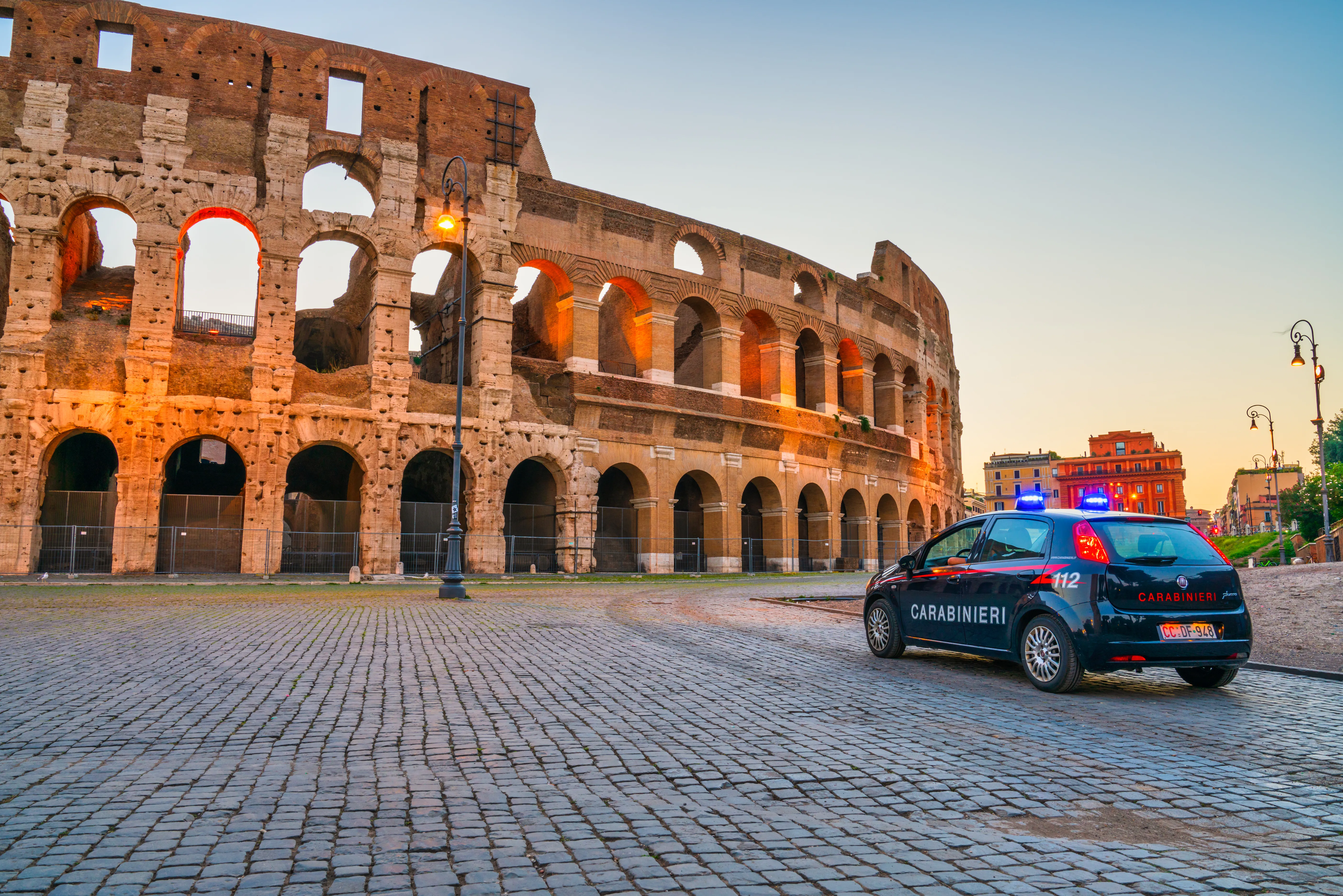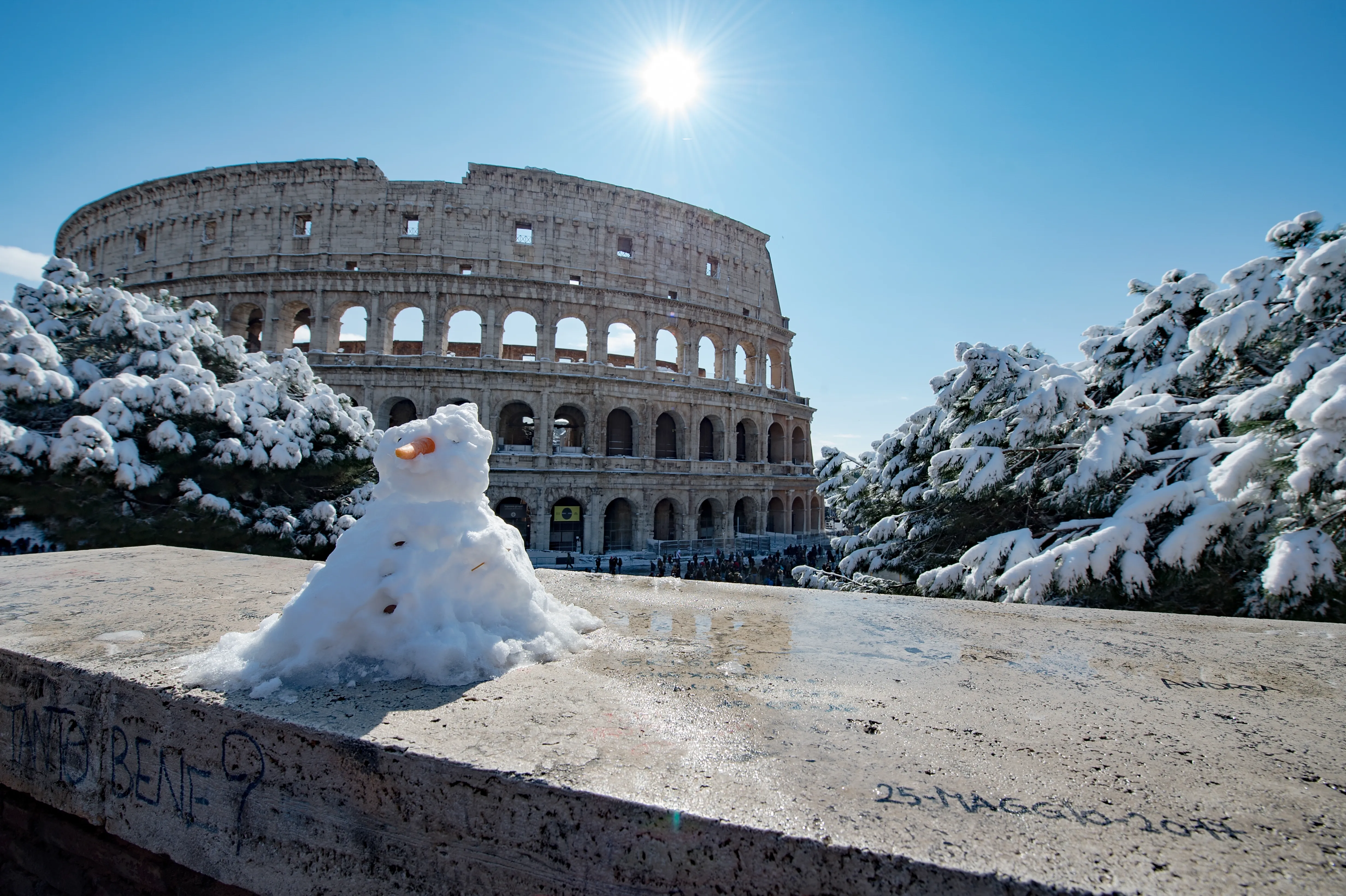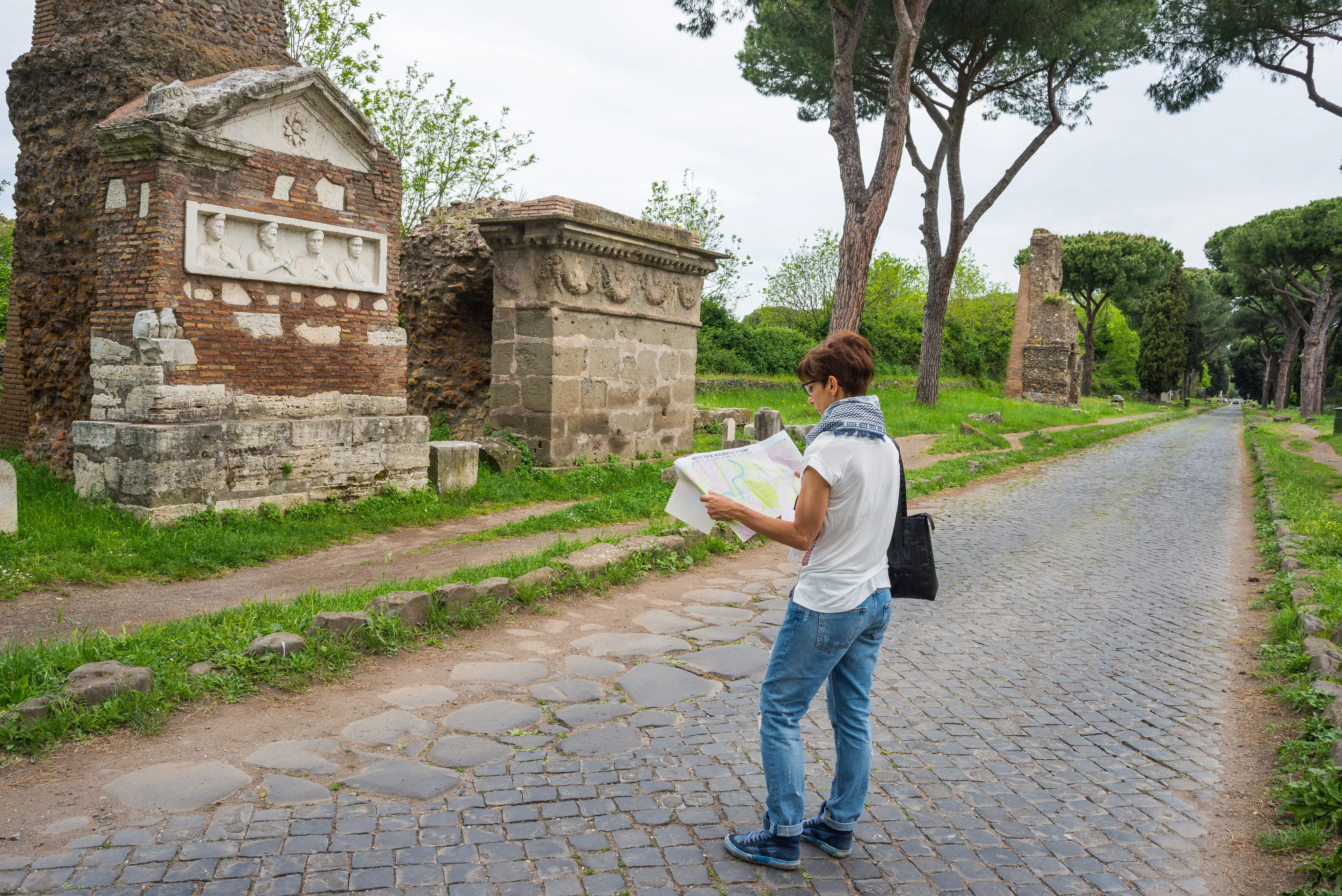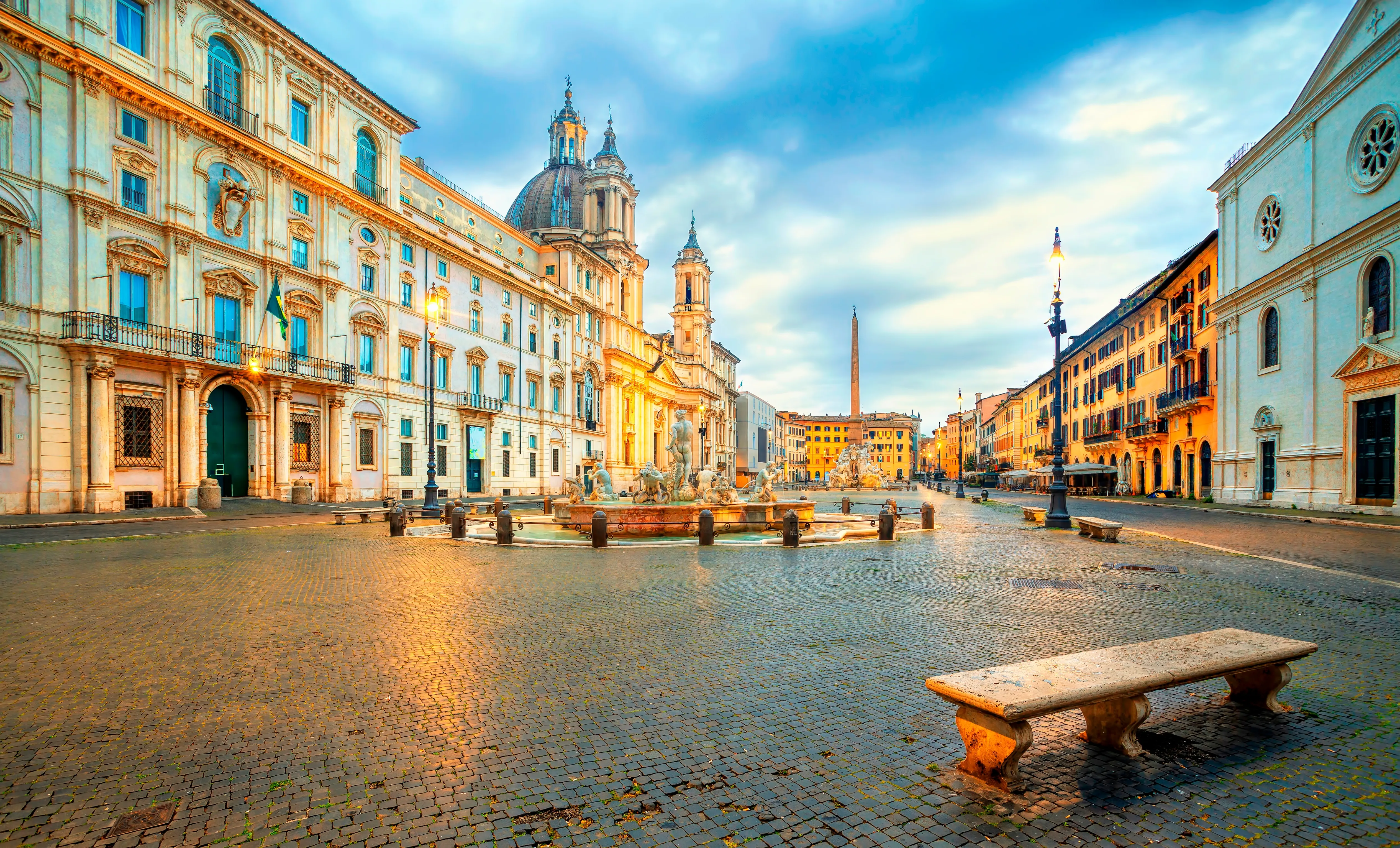
San Clemente
The Basilica of San Clemente is one of Rome’s hidden treasures that is often overlooked by travelers. Its many layers of Roman history make San Clemente one of Rome’s most unique churches. Located just a few hundred meters from the Colosseum, the Basilica of San Clemente should be on every traveler’s to-do list.
- Layers of History: From Golden Apse to Pagan Temples Below
- Early Christian Worship and Roman Life Beneath San Clemente
- The Cult of Mithras: Pagan Rituals Beneath the Basilica
- Visiting San Clemente: A Journey Through Rome’s Underground Past
Layers of History: From Golden Apse to Pagan Temples Below
At first glance, with its plain walls and modest sign, San Clemente might be easily ignored by passersby but, once inside its humble doors, the dazzling golden apse, intricate marble floors and frescoed ceilings are truly remarkable. A descent downstairs reveals a 4th century church as well early Christian wall paintings. Lower still are the remains of a pagan temple from the 3rd century as well as the Cloaca Maxima and the remains of a 1st century residence.

Early Christian Worship and Roman Life Beneath San Clemente
The site once housed Roman buildings that were destroyed in the great fire of 64 AD and the area was rebuilt in the first century, including an apartment building (insula) and a grand residence of a wealthy Roman. Experts believe that early Christians gathered here to worship, having to do so in private due the Christian religion being outlawed.

The Cult of Mithras: Pagan Rituals Beneath the Basilica
Mithras, a pagan cult, was widespread in the 3rd century and part of the insula was used as a sanctuary for the cult. Mithras was typically portrayed slaying a bull and an altar used for that purpose can still be seen. The cult of Mithras was eventually outlawed and a new church was built atop the site in the 4th century. This new church flourished until the 11th century and by the 12th century it was filled in with rubble to make a foundation for the current church found today.
Visiting San Clemente: A Journey Through Rome’s Underground Past
The layers upon layers of Roman history found in the Basilica San Clemente is a fascinating look at Rome’s past. The main basilica is free to enter and the ticket to enter the underground excavations (€10) is definitely worth it
